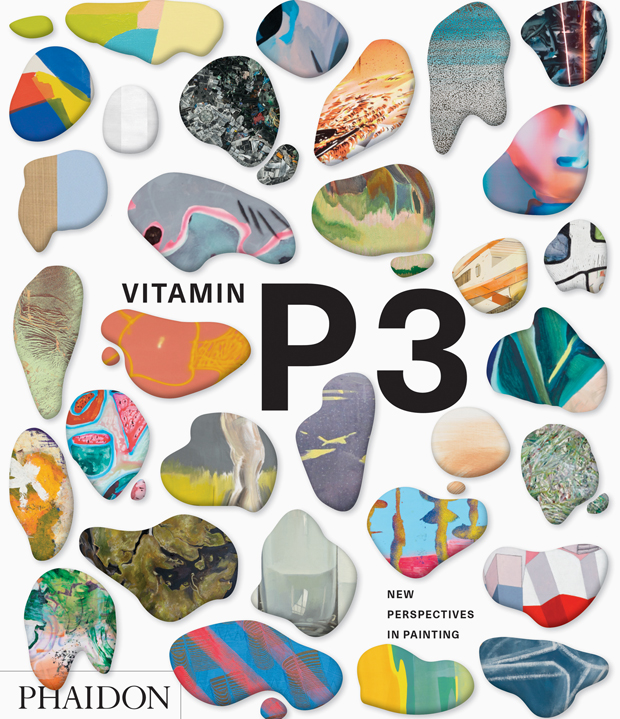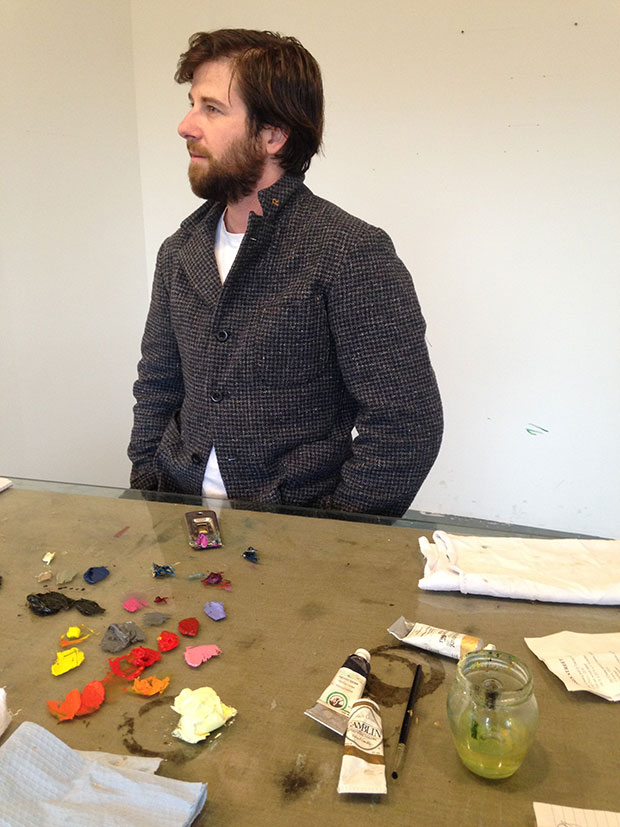
Leidy Churchman - Why I Paint
Exploring the creative processes of tomorrow's artists today - as featured in Vitamin P3
New York-based Leidy Churchman is interested in painting’s ability to connect with an audience and become what he evocatively terms ‘an oil pit and stain of emotion and personality’. Painting acts as a sign or a flag that conveys information regarding the human experience. You might wonder what exactly this human experience is comprised of.
For Churchman, it seems to be nothing less than what it means to exist on this planet: our relationship with nature; urban jungles; social and political structures that govern our activities; emotional exchanges; love; hate; loneliness. Churchman uses painting as a means to channel his ‘urgency to try and connect’.
Through his depiction of an ‘extraordinary junkyard’ of symbols, a disparate array of representations comes together in his works. These are rendered in meticulous detail, as paint is applied gently to the surface in smooth colourful brushstrokes. Images of nature recur to differing effect. Here, the Vitamin P3-featured painter tells us what interests, inspires and spurs him on.
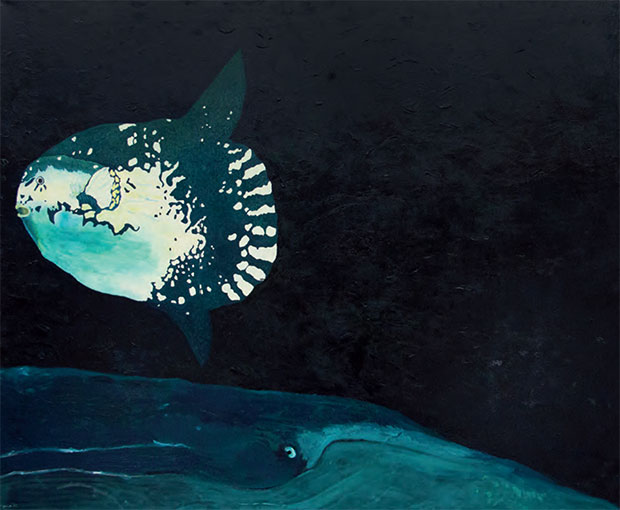
Who Are You ? ‘I'm not your lover, I'm not your friend, I am something that you'll never comprehend...’
What’s on your mind right now? Right now my mind is on finishing up a group of paintings for a show called Lost Horizons I will be doing at Rodeo in London. (the project, with Murray Guy ran during the Frieze Art Fair). I am trying to paint this big portrait of a warrior Buddha who displays a vibrant, wrathful compassion. It is said to have a ‘laser-like blaze that arises within a profoundly refined compassion, understanding and intention, conveying an inscrutable non-violence that cannot be approached merely conceptually.’ The painting is very black and in the shape of a monolith, a very vertical shape, with eyeballs and tongues and hands and flames and gold everywhere.
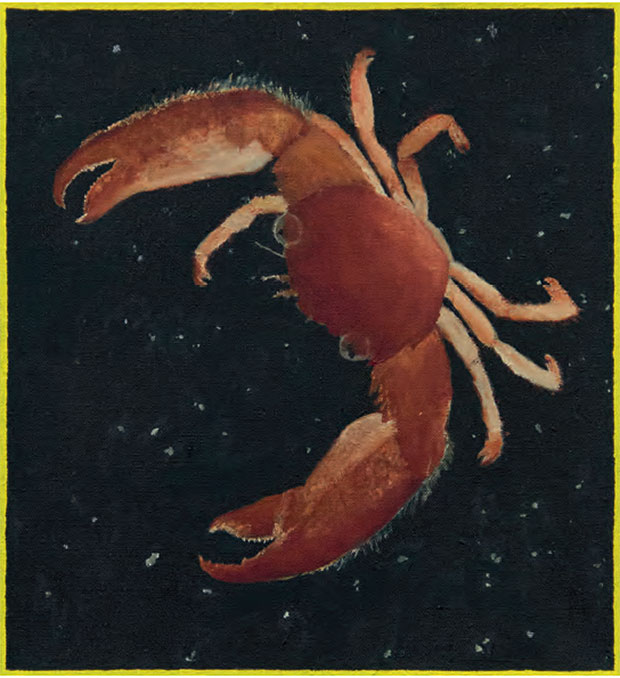
How do you get this stuff out? In this case it can be intimidating and overwhelming to interpret such a meaningful Thangka painting. But with adequate attention and care and pause the work comes about in such a way that has a lot of life to it. Paintings are complex in such a human way.
How does it fit together? Like an onion - peel and cry and in the middle there is nothing solid. It's interesting how that idea first makes me kind of sad and then my heart begins to flutter.
What brought you to this point? I was just talking to someone today about when I studied DADA art in college. That was when I started making art extremely furiously.
Can you control it? It's funny: sometimes when I am trying to get a painting sort of up and running and situated a bit, I think of it as gaining control of a horse. But once I have mounted the horse in a way, it's the two of us riding together, a strange collaboration.
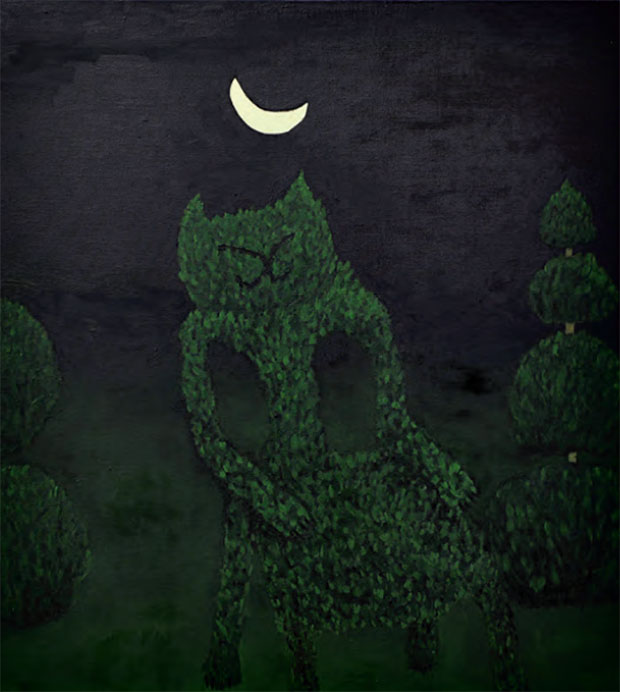
Have you ever destroyed one of your paintings? I have given paintings horse cures - something Edvard Munch did often to his paintings when they were acting badly. He put his paintings out in the snow and rain and sun for periods of time and would then bring them back in to see if they were well enough to keep going. I do keep most of my paintings. Some are just slow duds that need to sit and wait it out. I'll bring them out at different times and they can help more obedient paintings to take risks.
What’s next for you, and what’s next for painting? I think that because we do so much typing and much less penmanship, and because we read images constantly and they are readily available and streaming, the painting is an exuberant, spooky, and rattling 'stage' for nonlinear communication and human character. Painting seems to hold time like a solar system. When we look up at the sky everything we see is the past and has already died a thousand, million, or billions of years ago. The painting seems like this, a stage of things that have already happened, but seem to be playing out in real time before us.
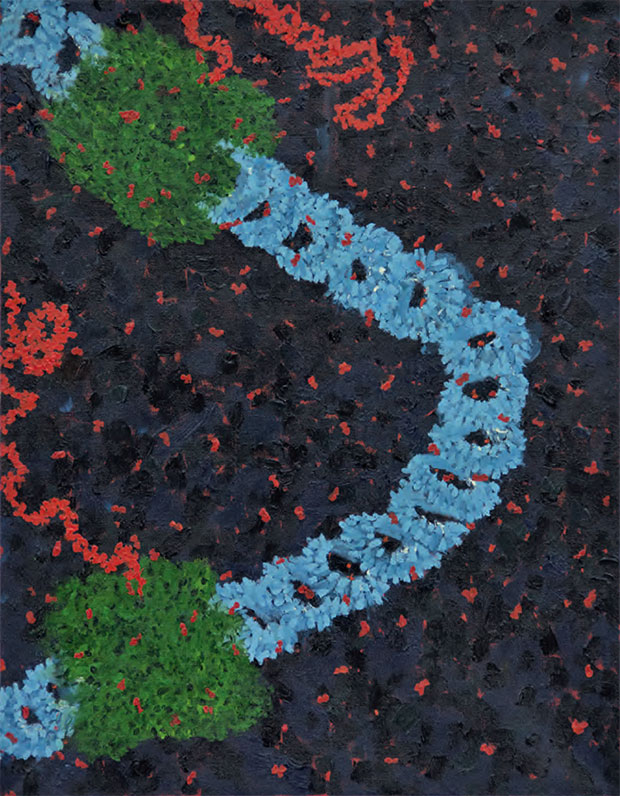
Vitamin P3 New Perspectives In Painting is the third in an ongoing series that began with Vitamin P in 2002 and Vitamin P2 in 2011. For each book, distinguished critics, curators, museum directors and other contemporary art experts are invited to nominate artists who have made significant and innovative contributions to painting. The series in general, and Vitamin P3 in particular, is probably the best way to become an instant expert on tomorrrow's painting stars today.
Find out more about Vitamin P3 New Perspectives In Painting here. Check back for another Why I Paint interview with a Vitamin P3-featured artist tomorrow. Finally, be sure to check out more of Leidy's work over at Artspace and at Murray Guy Gallery.
